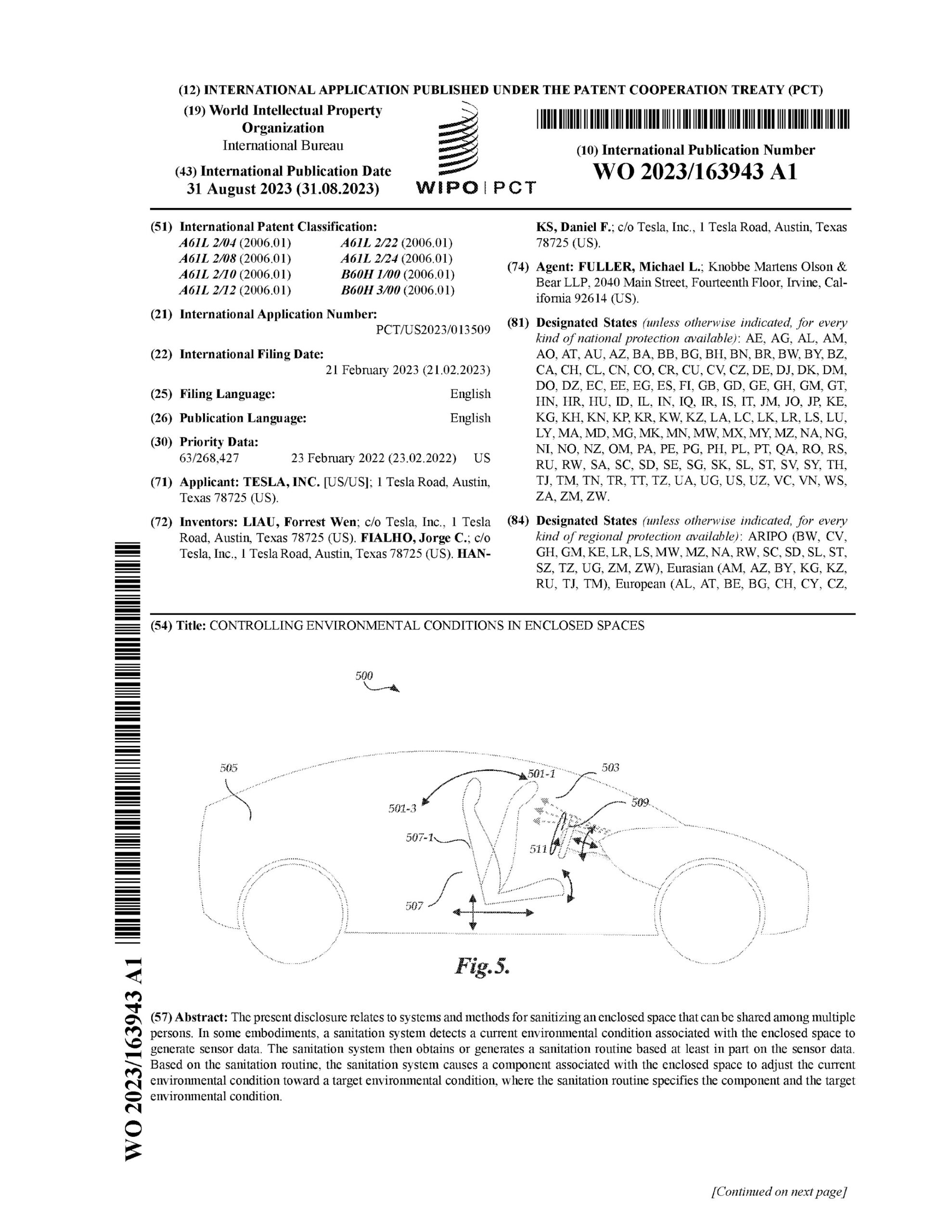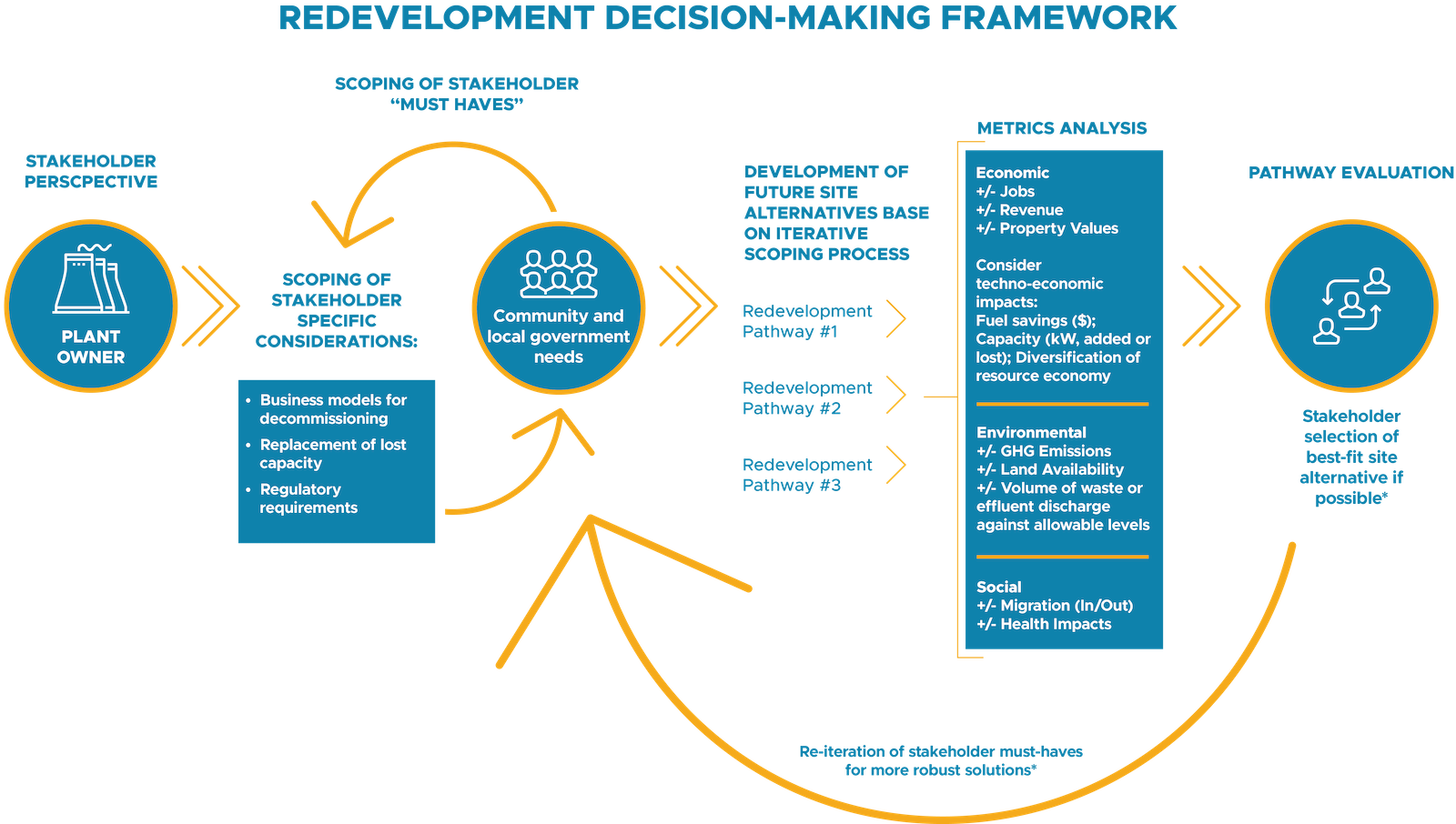Clean energy funds and the integration of environmental, social, and governance (ESG) considerations in investment strategies have gained significant traction in recent years. This article explores the increasing popularity of clean energy funds and the potential for investors to align their portfolios with sustainable investment principles. We will delve into the emergence of specialized funds focusing on renewable energy and clean technology companies, the legislative support driving the transition to a greener economy, and the statistics showcasing the growth potential of green investing.
The Emergence of Clean Energy Funds:
Clean energy funds have gained prominence as investors increasingly seek to allocate capital towards companies driving the transition to renewable energy and sustainable practices. These funds focus on financing renewable energy projects, clean technology companies, and environmentally responsible businesses. Examples of clean energy funds include:
a. The Invesco WilderHill Clean Energy ETF (PBW):
This exchange-traded fund (ETF) tracks the WilderHill Clean Energy Index, composed of companies involved in renewable energy production, energy efficiency, and other clean technologies. [Website: https://www.invesco.com/us/financial-products/etfs/product-detail?audienceType=Investor&ticker=PBW]
b. The New Energy Solar Fund (NEW):
This fund invests in a diversified portfolio of solar energy assets, providing investors with exposure to the growth of the solar industry. [Website: https://newenergysolar.com.au/]
Legislative Support and Market Dynamics:
Legislation plays a crucial role in driving the growth of clean energy investments. Governments around the world are implementing policies and regulations that promote renewable energy adoption and incentivize sustainable practices. Some notable examples include:
a. The European Union’s Green Deal:
The European Union has set ambitious goals to achieve carbon neutrality by 2050. The Green Deal aims to mobilize sustainable investments, promote clean technologies, and support the transition to a low-carbon economy. [Website: https://ec.europa.eu/info/strategy/priorities-2019-2024/european-green-deal_en]
b. The United States Clean Energy Initiatives:
The U.S. government has introduced various initiatives to accelerate clean energy adoption, such as tax credits for renewable energy projects and the promotion of electric vehicles. These initiatives provide incentives for investors to participate in the clean energy sector.
Growth Potential and Statistics:
The statistics surrounding green investing highlight its growth potential and the increasing investor interest in sustainable investments. Consider the following statistics:
- a. According to BloombergNEF, global investments in renewable energy capacity reached a record high of $303.5 billion in 2020, a 2% increase compared to the previous year.
- b. The Global Sustainable Investment Alliance (GSIA) reported that sustainable investment assets reached $35.3 trillion in 2020, representing a 15% increase compared to 2018.
- c. In a survey conducted by Morgan Stanley, 85% of individual investors expressed interest in sustainable investing, indicating a significant shift in investor preferences.
Conclusion:
Clean energy funds and the integration of ESG considerations in investment strategies have gained momentum as investors increasingly prioritize sustainable and socially responsible investments. The emergence of specialized funds focusing on renewable energy and clean technology companies provides opportunities for investors to participate in the transition to a greener economy. Legislative support, such as the European Union’s Green Deal and the United States’ clean energy initiatives, further catalyzes the growth of green investing. With the increasing statistics showcasing the potential for growth and investor interest, it is evident that green investing is on the rise, presenting a compelling opportunity for individuals and institutions to align their portfolios with sustainable investment principles and contribute to a more sustainable future.



